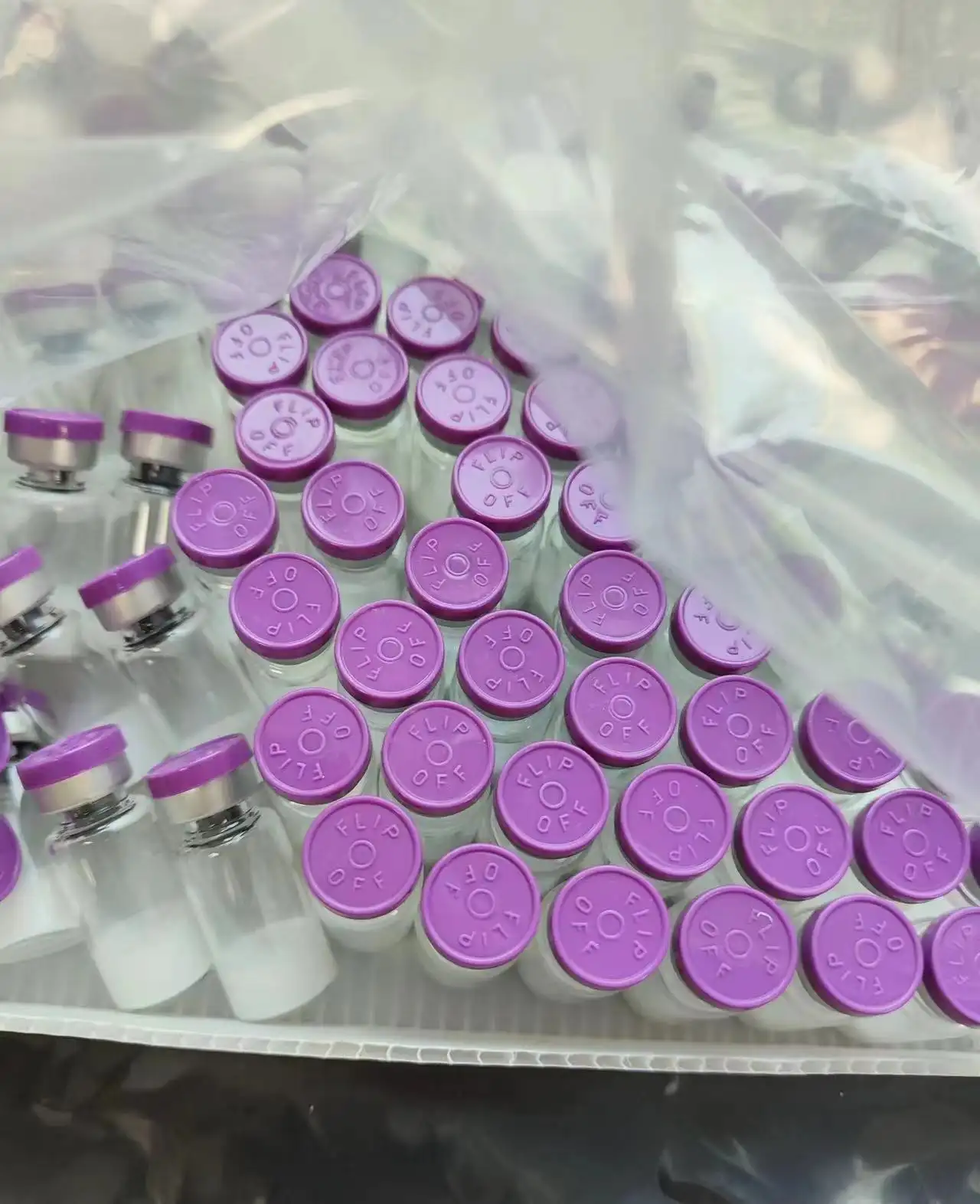-
Categories
-
Pharmaceutical Intermediates
-
Active Pharmaceutical Ingredients
-
Food Additives
- Industrial Coatings
- Agrochemicals
- Dyes and Pigments
- Surfactant
- Flavors and Fragrances
- Chemical Reagents
- Catalyst and Auxiliary
- Natural Products
- Inorganic Chemistry
-
Organic Chemistry
-
Biochemical Engineering
- Analytical Chemistry
- Cosmetic Ingredient
-
Pharmaceutical Intermediates
Promotion
ECHEMI Mall
Wholesale
Weekly Price
Exhibition
News
-
Trade Service
iNature
Post-translational modifications (PTMs) of proteins are essential
to guarantee normal biological function in the immune response.
Although protein phosphorylation has been extensively studied, the current understanding of protein pyrophosphorylation is very limited
.
Protein pyrophosphorylation was initially thought to be a non-enzymatic process, and its function in immune signaling was unclear
.
On January 4, 2023, Cui Jun's team from Sun Yat-sen University published a research paper entitled "Metabolic enzyme UAP1 mediates IRF3 pyrophosphorylation to facilitate innate immune response" online in Molecular Cell (IF=19).
This study shows that the metabolic enzyme UAP1 mediates IRF3 pyrophosphorylation to promote innate immune responses
.
This study identified a metabolic enzyme, UDP-N-acetylglucosamine pyrophosphorylase 1 (UAP1), as a pyrophosphorylase for protein serine pyrophosphorylation to promote a powerful type I interferon (IFN) response
by catalyzing pyrophosphorylation of interferon regulator 3 (IRF3) on serine (Ser) 386.
Uap1 deficiency significantly impairs the activation of type I IFN pathways induced by DNA and RNA viruses, and Uap1-deficient mice are highly sensitive
to fatal viral infections.
In conclusion, the findings of this study demonstrate the function of protein pyrophosphorylation in the regulation of antiviral responses and provide insights
into crosstalk between metabolism and innate immunity.
of defense for host immune defense.
After viral infection, viral nucleic acids are detected using pattern recognition receptors (PRRs), and the grading triggers the signaling cascade, activating downstream transcription factors, including interferon (IFN) regulator 3 (IRF3) and activated B nuclear factor kappa-light chain enhancer (NF-κB), producing type I IFN and pro-inflammatory cytokines
.
Secreted IFN induces transcription of hundreds of IFN-stimulating genes (ISGs), thereby establishing innate immune status
against invading microorganisms.
Innate immune signals must be activated in time to establish effective immunity to pathogens and then shut down to avoid excessive and potentially harmful immune responses
.
As immune cells undergo dynamic and adaptive metabolic changes throughout their life cycle, metabolic programming in immune cells has become an important determinant
of immune recognition, signaling, and response through different signaling pathways.
Post-translational modification (PTM) of proteins by metabolites is a key output
of congenital immunometabolic changes.
Palmitoylation of STING (the stimulator of the interferon gene) in the Golgi apparatus has been reported to be critical
for activation of STING to cause the production of type I IFNs.
O-GlcNAcylation of MAVS (mitochondrial antiviral signaling protein) is required
for k63-linked MAVS ubiquitination and subsequent downstream antiviral signaling activation.
Although a group of PTMs that regulate innate immunity in different situations has been identified, the function and underlying regulatory mechanisms of atypical metabolic modifications in innate immune responses remain unclear
.
Mechanism pattern diagram (from Molecular Cell) Protein pyrophosphorylation is a newly discovered PTM
driven by inositol pyrophosphate.
Until now, the role of protein pyrophosphorylation in cell signaling has not been understood, and the enzyme that causes protein pyrophosphorylation has not been identified, so protein pyrophosphorylation is considered a non-enzymatic process
.
Pyrophylation of the β subunit of adaptive protein 3 prevents its interaction with kinesin-like protein 3A, thereby inhibiting the release
of HIV-1 virus-like particles from host cells.
Another report shows pyrophosphorylation of dynein as a regulatory signal to enhance dynein-driven transport
.
Whether immune factors can undergo protein pyrophosphorylation has not been explored
.
Here, the study identified UAP1 as a positive regulator of the innate immune response against the virus
.
UAP1 overexpression promotes antiviral innate immune signaling pathways, UAP1-deficient mice produce less type I IFN, and are highly sensitive
to fatal viral infections.
In addition, the study found that UAP1 acts as a pyrophosphorylase to directly catalyze the pyrophosphorylation
of IRF3.
UAP1-mediated pyrophosphorylation of IRF3 386 Ser is a necessary step
for its subsequent 396 Ser phosphorylation as well as IRF3 dimerization.
In summary, the results reveal that UAP1 acts as an important pyrophosphorylase for IRF3 pyrophosphorylation to promote activation of the type I IFN signaling pathway and innate antiviral response
.
Original link: https://doi.
org/10.
1016/j.
molcel.
2022.
12.
007
—END—
The content is [iNature]







